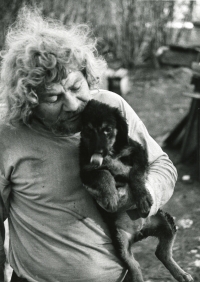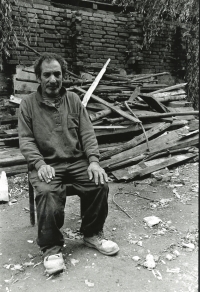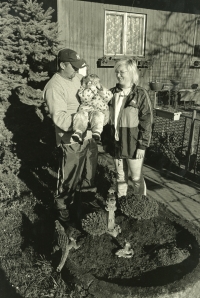Nothing changed on the periphery
Jiří Hrdina was born on July 9, 1963 in Rýmařov. His father worked in the small town Břidličná as a clerk in the local Kovohutě, where he found a job, even though he was marked as a college student expelled from school for political reasons. The family moved to Ostrava at the turn of the 60s-70s. Jiří´s entry to a pioneer organization was denied, he was quickly expelled from the Socialist Youth Union. During his studies at high school he began to photograph. He worked in the Coking Plant Jan Šverma for several years to later move to the Vítkovice Buildings Company. In the mid-1980s he met photographer František Řezníček, participated in the publication of the Traveler samizdat and met other personalities around the emerging Ostrava Photo Club. After the Velvet Revolution he worked in the local Civic Forum and became a councilor of the Marianske Hory for one term. In the late 1990s he graduated from the Institute of Creative Photography at the Silesian University in Opava. Today he teaches at the Ostrava secondary art school and has been involved in the historical research of the Ostrava photo studios for a long time.













